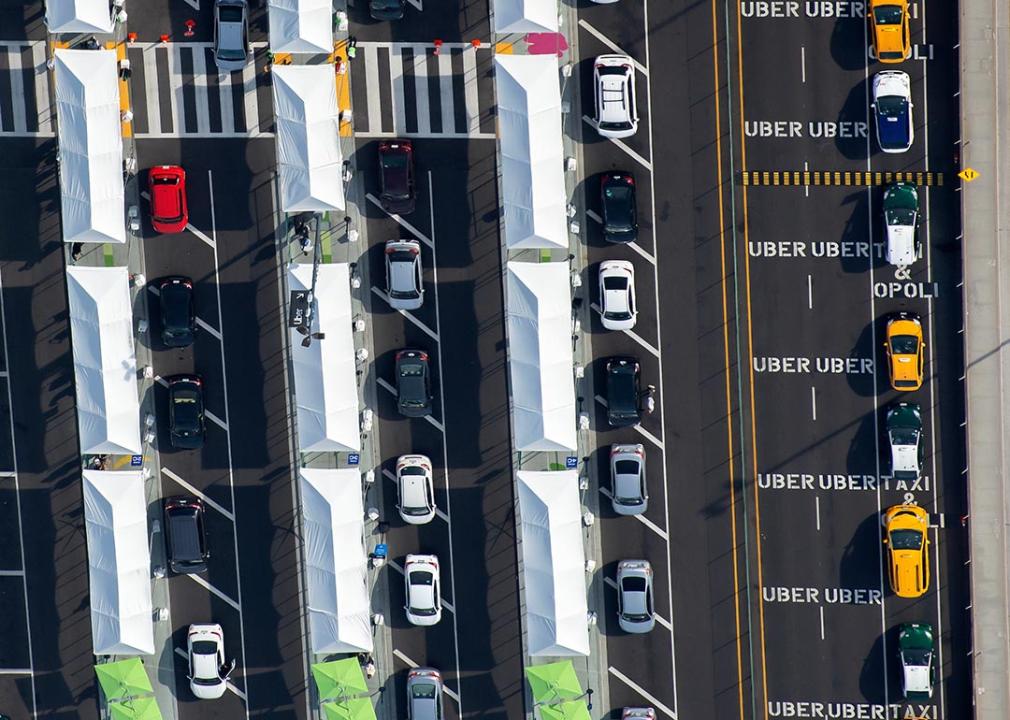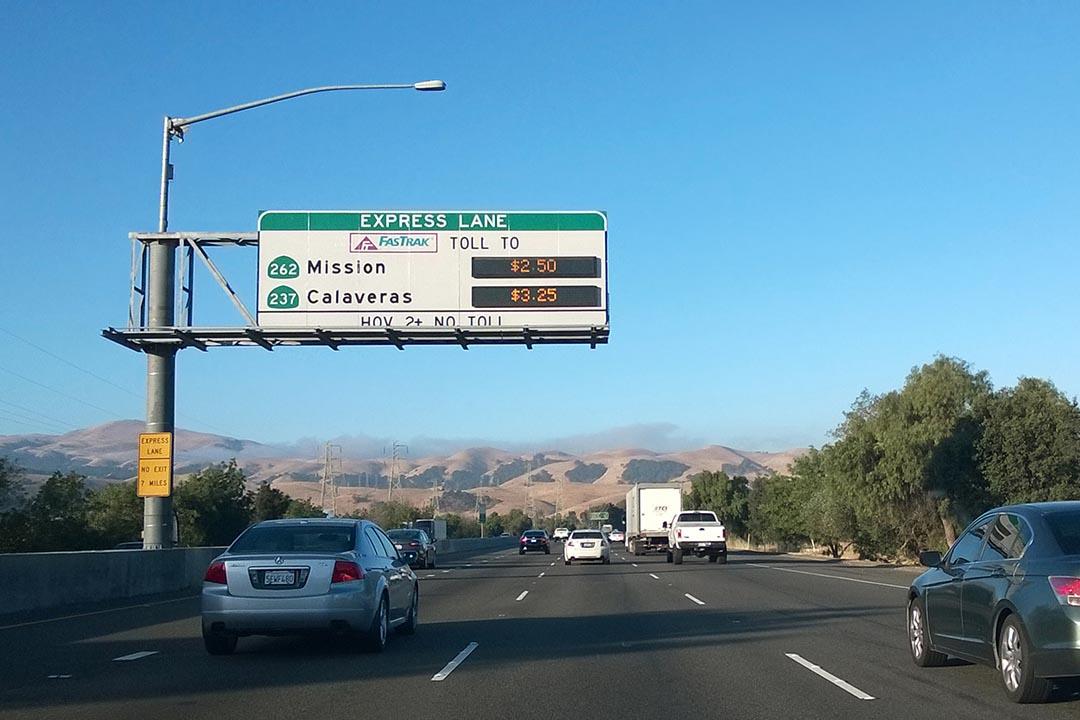
Have you ever opened a ride-sharing app during peak hours and been surprised by the inflated fares? That's the power of surge pricing, a dynamic pricing strategy where businesses adjust prices based on real-time demand. While surge pricing was initially popularized by ride-sharing companies like Uber and Lyft, it's rapidly expanding its reach across various industries, impacting everything from our daily commutes to our food choices.
Cheap Insurance looks at the growing trend of surge pricing, exploring its applications beyond its initial uses and examining its impact on both businesses and consumers. This analysis explores how surge pricing is evolving, from familiar examples like ride-sharing to emerging trends in toll roads and even the food industry. By understanding the benefits and drawbacks of this dynamic pricing strategy, consumers can gain valuable insights into its potential future and its impact on our everyday lives.
Ride-sharing and hospitality: Surge pricing took the world by storm when it was introduced by ride-sharing giants like Uber and Lyft. During peak hours like rush hour traffic, bad weather, or major events, fares can surge significantly, incentivizing more car drivers to be on the road and ensuring quicker ride availability for passengers willing to pay a premium. Similarly, hotels have adopted dynamic pricing, adjusting room rates based on factors like seasonality, local events, and reservation demand. These examples showcase the effectiveness of surge pricing in addressing fluctuating demand and maximizing revenue during peak periods.
Toll roads
Traditionally, toll roads have charged a flat fee for access. However, some roads are now implementing congestion pricing, a form of surge pricing where tolls rise dynamically based on real-time traffic levels. This aims to discourage unnecessary travel during peak congestion periods, encouraging smoother traffic flow and potentially reducing commute times. Here are some specific examples of toll roads in the United States utilizing congestion pricing:
These examples showcase the growing adoption of congestion pricing on toll roads across the United States, highlighting its potential to address traffic congestion in major urban centers.
Even the food industry is embracing dynamic pricing. Some restaurants and fast-food chains are experimenting with peak-hour pricing, charging slightly higher prices during peak lunch and dinner rushes. This allows them to capture the increased demand while potentially optimizing their kitchen operations and staff allocation. While currently not implemented, the news of Wendy's exploring "dynamic pricing" systems in 2025 caused a stir, raising concerns among consumers about potential surge pricing for their popular menu items. The company later clarified that it has "no plans" to implement surge pricing, emphasizing the use of dynamic pricing for displaying featured items and menu optimization, not fluctuating prices based on demand. This incident highlights the sensitivity surrounding surge pricing in the food industry and the need for clear communication from businesses regarding their pricing strategies.
The reach of surge pricing is extending to other sectors as well. Grocery delivery services might consider surge pricing during peak hours or on weekends. Even the entertainment industry might see dynamic pricing applied to event tickets, with prices fluctuating based on demand and proximity to the event date.
This list is not exhaustive, and the potential applications of surge pricing are likely to continue expanding as businesses seek to optimize their revenue and cater to dynamic customer demands.
The rise of surge pricing presents both potential benefits and drawbacks, impacting businesses and consumers in distinct ways.
Increased revenue: Surge pricing allows businesses to capture a higher share of the consumer surplus during periods of peak demand. This can lead to increased revenue and profitability, particularly for businesses operating in industries with high fixed costs and variable demand.
Efficient resource allocation: By adjusting prices based on demand, businesses can allocate resources more efficiently. For example, ride-sharing companies can incentivize more drivers to be available during peak hours, ensuring quicker service for customers willing to pay a premium. Similarly, restaurants might optimize staff scheduling based on anticipated demand fluctuations through dynamic pricing.
Meeting fluctuating demand: Surge pricing allows businesses to adapt to fluctuating demand more effectively. This can be particularly beneficial in industries with unpredictable demand patterns, such as tourism, entertainment, and transportation.
Affordability issues: Surge pricing can pose challenges for budget-conscious consumers, who might find it difficult or impossible to afford essential goods and services during peak periods. This can be particularly concerning for individuals with limited income or those relying on services like ride-sharing for essential transportation needs.
Lack of transparency: The complex algorithms and lack of transparency surrounding surge pricing can lead to confusion and frustration among consumers. Consumers might feel they are not receiving sufficient information about how prices are determined, creating a sense of unfairness or manipulation.
Potential for unfair pricing: While surge pricing aims to reflect market demand, there are concerns about its potential for unfair pricing practices. Critics argue that businesses might exploit surge pricing to maximize profits, even during times of unexpected or extraordinary demand, raising ethical concerns.
By understanding these diverse impacts, there can be a broader discussion about the potential benefits and drawbacks of surge pricing, ultimately shaping its responsible and ethical implementation in the future.

The future of surge pricing remains uncertain, but several key factors will likely influence its trajectory.
Technological advancements: Advancements in data analytics and artificial intelligence will likely play a significant role in shaping the future of surge pricing. Businesses will have access to even more sophisticated tools for predicting demand and optimizing pricing strategies based on real-time data.
Consumer acceptance: Public perception and consumer acceptance will be crucial in determining the long-term success of surge pricing. Businesses will need to strike a balance between maximizing revenue and maintaining consumer trust, ensuring transparency and fairness in their pricing strategies.
Potential regulations: As surge pricing becomes more widespread, regulatory bodies might consider implementing measures to ensure fair pricing practices. This could include requiring businesses to disclose their pricing algorithms and setting limitations on price fluctuations.
The potential for surge pricing to become more widespread across various industries is undeniable. However, its future will depend heavily on its ability to address consumer concerns, adapt to evolving regulations, and leverage technological advancements responsibly.
It's important to note that surge pricing is not without its critics. Some argue that it exacerbates income inequality and can be exploitative, particularly for essential services. Others express concerns about the potential for price gouging and a lack of transparency in pricing algorithms.
Ultimately, the future of surge pricing will likely involve a delicate balancing act. Businesses will need to navigate technological advancements, consumer acceptance, and potential regulations to ensure its responsible and sustainable implementation. It remains to be seen whether surge pricing will become a widely accepted practice or a relic of the past.
While the concept of surge pricing is often associated with ride-sharing and other on-demand services, it's interesting to consider its potential application in unexpected areas. One such example is car insurance.
Auto insurance companies already consider the amount of annual miles driven as a factor when establishing auto insurance premiums, however that isn't really a surge pricing model. And while car insurance companies might not explicitly advertise "surge pricing," a de facto dynamic pricing model already exists in the form of mileage-based insurance. This type of auto insurance plan bases premiums on the actual number of miles driven, with higher mileage typically leading to higher premiums. This reflects a similar principle to surge pricing, where costs fluctuate based on usage patterns.
However, it's crucial to note that unlike traditional surge pricing models that adjust prices in real-time, mileage-based vehicle insurance operates on a longer-term basis. Premiums are typically recalculated periodically based on accumulated mileage data, rather than instantaneously responding to immediate fluctuations in driving behavior.
Therefore, it's unlikely that you'll see car insurance companies implementing the kind of real-time surge pricing seen in ride-sharing apps. The complex nature of risk assessment and regulatory landscape surrounding insurance makes this approach less feasible compared to established industries where surge pricing has gained traction.
Getting closer to real-time pricing: It's worth mentioning that pay-per-mile and telematics-based car insurance come closest to real-time car insurance pricing currently available. These programs consider factors like actual miles driven and even driving behavior (e.g., hard braking, speeding) to calculate premiums, offering a more nuanced approach compared to traditional mileage-based options. While not exactly real-time adjustments like ride-sharing surge pricing, these programs represent a significant step toward dynamic pricing in the car insurance industry.
These examples highlight the diverse ways in which dynamic pricing concepts can manifest, even in seemingly unrelated sectors. While auto insurance companies might not adopt the exact model of surge pricing seen elsewhere, the existing mileage-based pricing structure demonstrates how the underlying principle of adjusting costs based on usage can find different applications.
The trend of surge pricing is undeniably on the rise, extending its reach beyond its initial applications. From established uses in areas such as ride-sharing and hospitality, to emerging applications in toll roads and the food industry, surge pricing is transforming the way businesses approach pricing strategies.
While the potential benefits of surge pricing for businesses, such as increased revenue and efficient resource allocation, are undeniable, concerns about affordability, transparency, and potential exploitation remain. As this dynamic pricing strategy continues to evolve, navigating the balance between business needs and consumer concerns will be crucial.
The future of surge pricing hinges on several factors, including technological advancements, consumer acceptance, and potential regulations. Whether we witness widespread adoption, limited scope, or the predominance of hybrid models, one thing is certain: Surge pricing will continue to spark discussions about its implications for both businesses and consumers.
Ultimately, the key takeaway is that dynamic pricing concepts are finding diverse applications across various industries. As technology and consumer preferences continue to evolve, understanding the potential benefits and drawbacks of surge pricing will be essential in shaping its responsible and ethical implementation in the future.
This story was produced by Cheapinsurance.com and reviewed and distributed by Stacker Media.